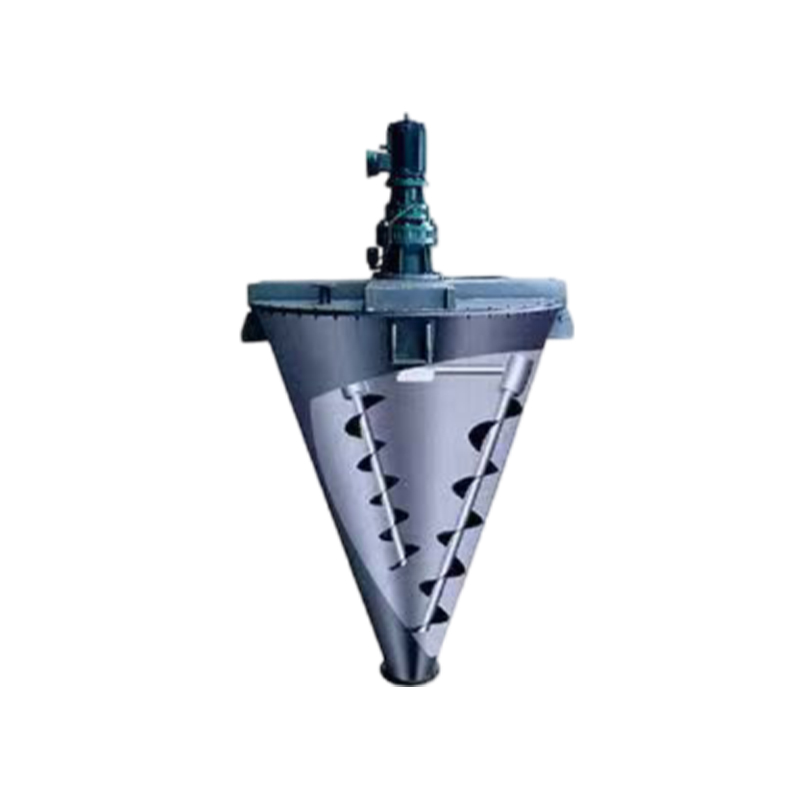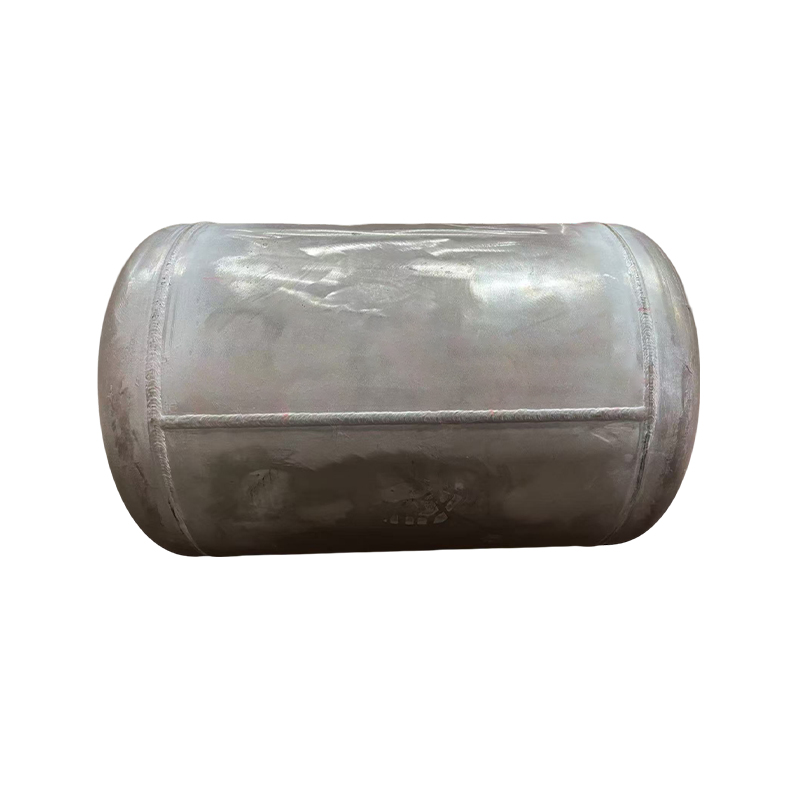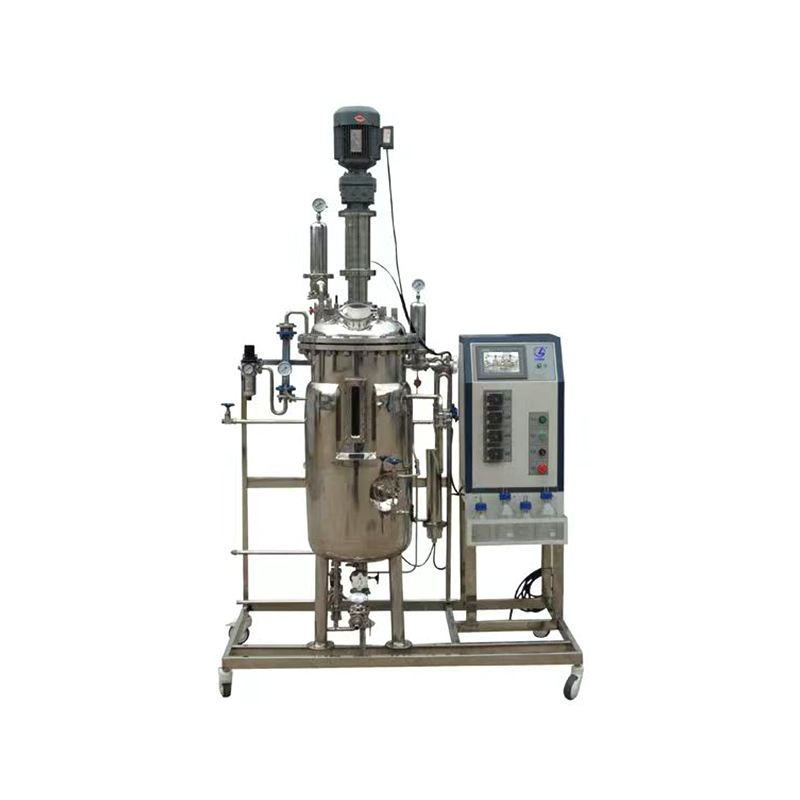What significant effect do the energy-saving characteristics of industrial microbial fermentation tanks have on reducing energy consumption in large-scale production?
Release Time : 2025-07-28
The energy-saving characteristics of industrial microbial fermentation tanks are first reflected in direct energy conservation in large-scale production. Large-scale fermentation production requires continuous power to maintain the operation of stirring, temperature control, ventilation and other links. Traditional equipment often consumes a lot of electrical energy or heat energy in these processes. The fermentation tank with energy-saving characteristics can reduce energy consumption while completing the same work by optimizing motor efficiency and improving insulation design, so that the energy consumption corresponding to each unit of fermentation product is significantly reduced. This direct energy-saving effect reduces the energy burden from the source of production.
In the temperature control link, the role of energy-saving characteristics is particularly obvious. In the large-scale fermentation process, maintaining a stable temperature environment requires continuous heating or cooling. The temperature control system of traditional equipment may waste energy due to poor insulation performance or insufficient adjustment accuracy. Energy-saving fermentation tanks use efficient insulation materials and precise temperature control logic to reduce heat loss or excessive consumption. For example, when constant temperature is required, energy will not be wasted due to frequent start and stop of the heating device, nor will repeated adjustments be made due to excessive temperature fluctuations, making the temperature control process more efficient, thereby reducing energy consumption in this key link.
The energy-saving design of the mixing system is of great significance to reducing overall energy consumption. The mixing device of a large-scale fermentation tank needs to overcome the resistance of a large amount of materials. The traditional mixing system may consume too much power due to unreasonable design. The energy-saving fermentation tank optimizes the shape of the stirring paddle and adjusts the matching degree of the stirring speed with the fermentation stage to ensure uniform mixing of materials while reducing unnecessary power output. For example, in the early stage of fermentation, when the material concentration is low, the stirring speed is automatically reduced to avoid power waste. This on-demand adjustment method makes the energy consumption of the mixing system more in line with actual needs.
The energy-saving feature can also reduce the energy consumption of auxiliary equipment. In large-scale fermentation production, in addition to the fermentation tank itself, auxiliary equipment such as air compressors and pumps are also required to operate in coordination, and the energy consumption of these equipment cannot be ignored. The energy-saving fermentation tank optimizes the overall system design to make the operation of auxiliary equipment more efficient, such as using a low-resistance pipeline design to reduce the load of the air compressor, or making the output of the pump more reasonable through precise flow control, thereby indirectly reducing the energy consumption of auxiliary equipment and achieving energy-saving synergy of the entire production system.
In long-term large-scale production, the energy consumption reduction brought about by the energy-saving feature will form a cumulative effect. The energy savings of a single fermentation may not be noticeable, but when the production scale is expanded to hundreds or thousands of batches, the advantages of energy-saving fermentation tanks will gradually become apparent. The energy savings of each batch will add up to a huge amount of energy savings. This cumulative effect can not only significantly reduce the energy cost of production, but also reduce the dependence on energy supply in long-term operation, making the production process more sustainable, especially suitable for large-scale fermentation enterprises that require continuous production.
The energy-saving characteristics can also improve the flexibility of energy utilization and indirectly reduce the impact of energy consumption fluctuations. In the case of tight energy supply or time-based electricity prices, energy-saving fermentation tanks can adjust the operation mode more flexibly, such as concentrating on high-energy consumption links during low electricity price periods, and maintaining low-energy consumption operation through their own energy-saving design during peak periods. This flexible regulation of energy use can avoid additional energy consumption costs due to unstable energy supply or price fluctuations, making energy consumption management of large-scale production more proactive.
From the perspective of the overall efficiency of the production system, the combination of energy-saving characteristics and production stability can further reduce energy consumption. Energy-saving fermentation tanks often have a more stable operating state, reducing production interruptions caused by equipment failures or parameter fluctuations. Each restart after an interruption requires additional energy to restore production conditions. Stable operation makes the fermentation process smoother, avoiding unnecessary energy waste, while also reducing unqualified products caused by unstable production. From another perspective, it reduces the energy consumption per unit of qualified products and improves the overall energy efficiency of production.







